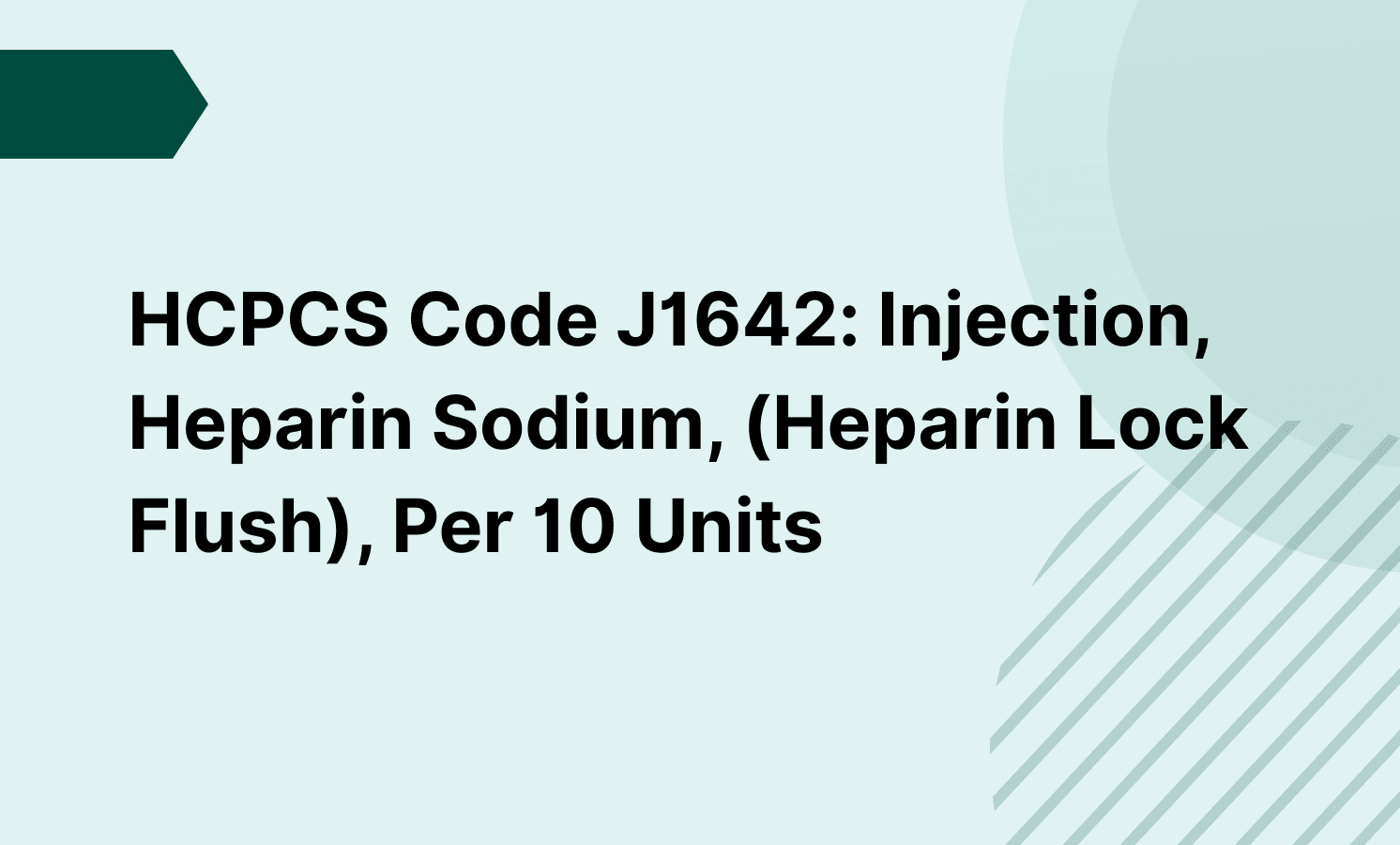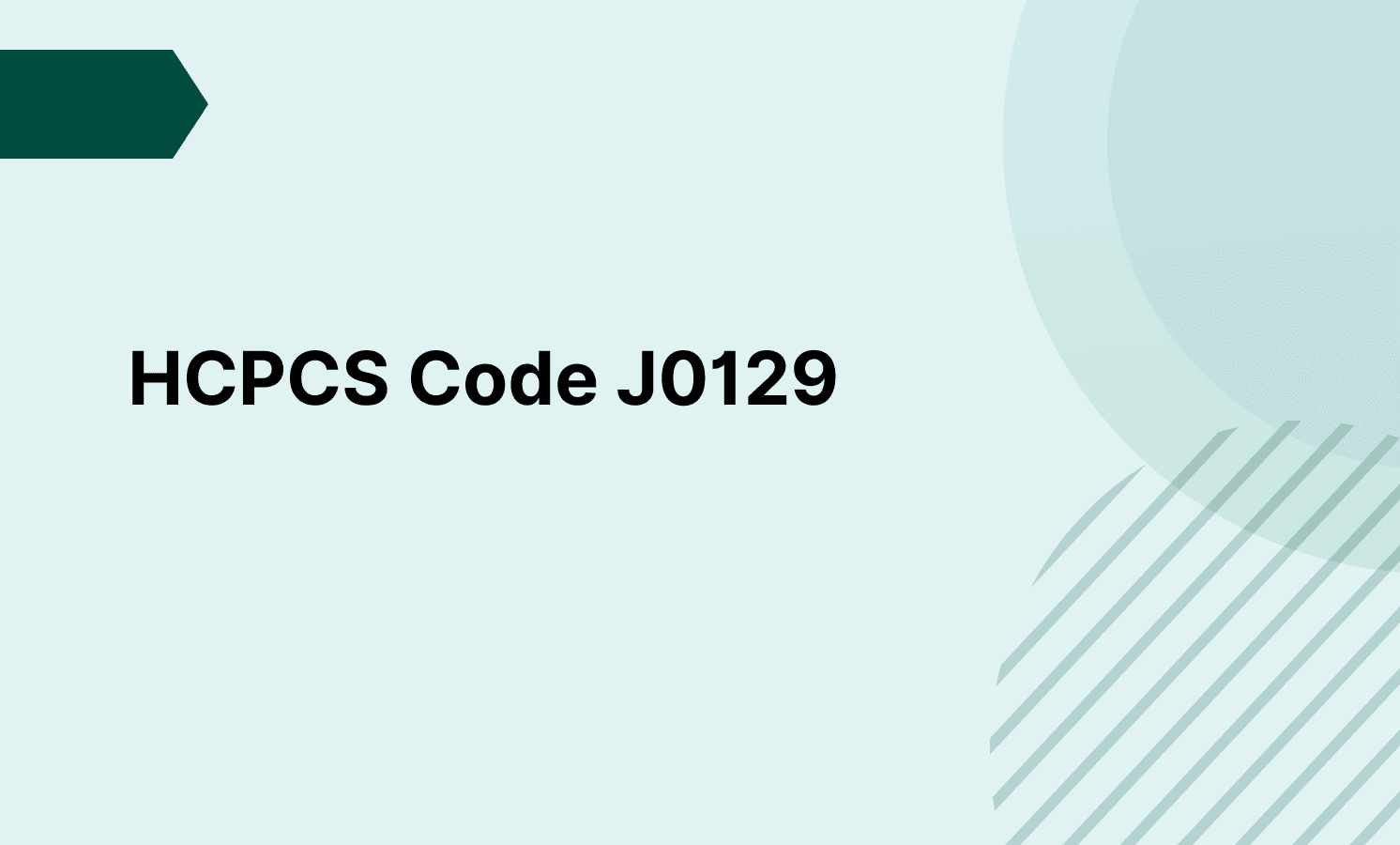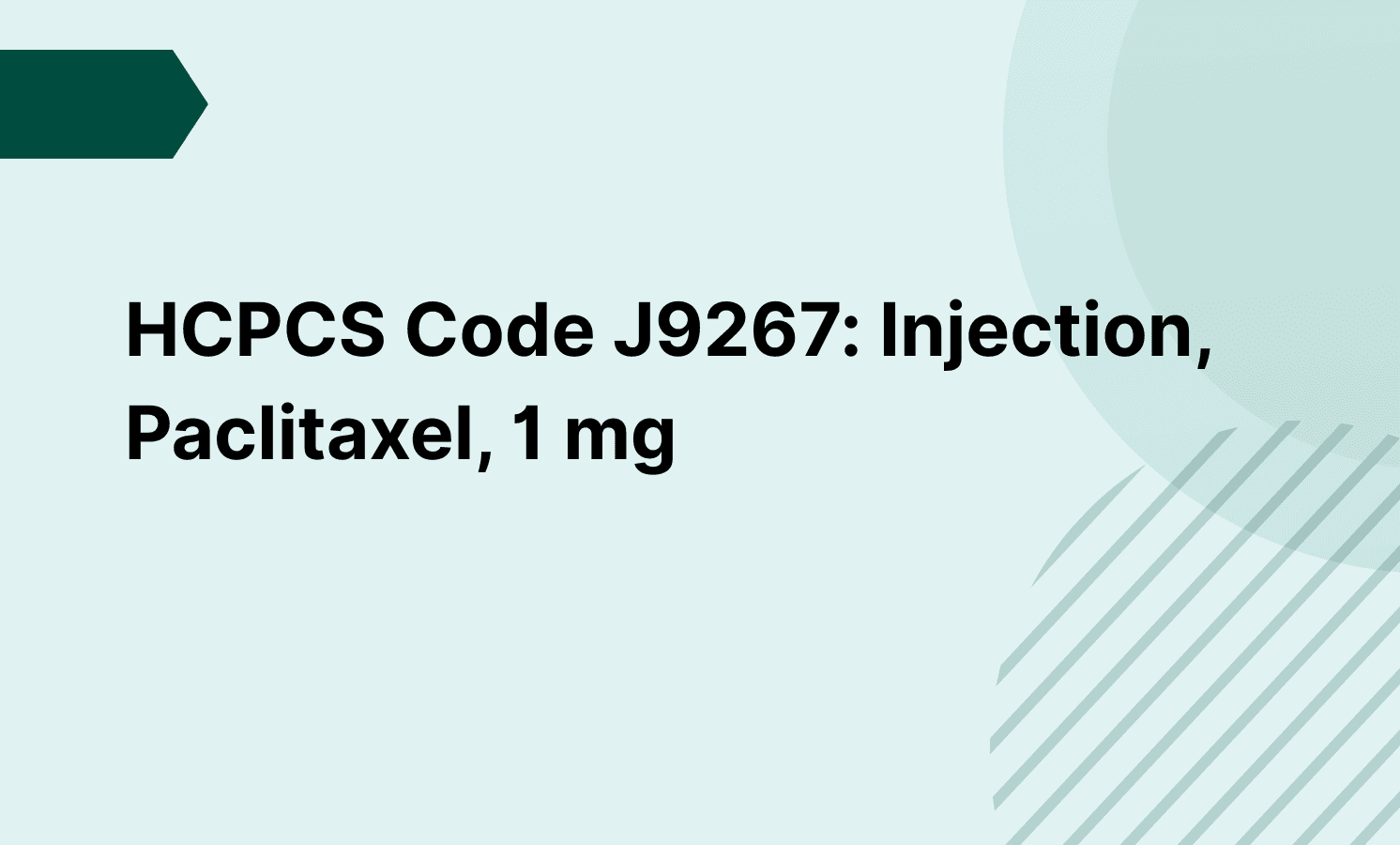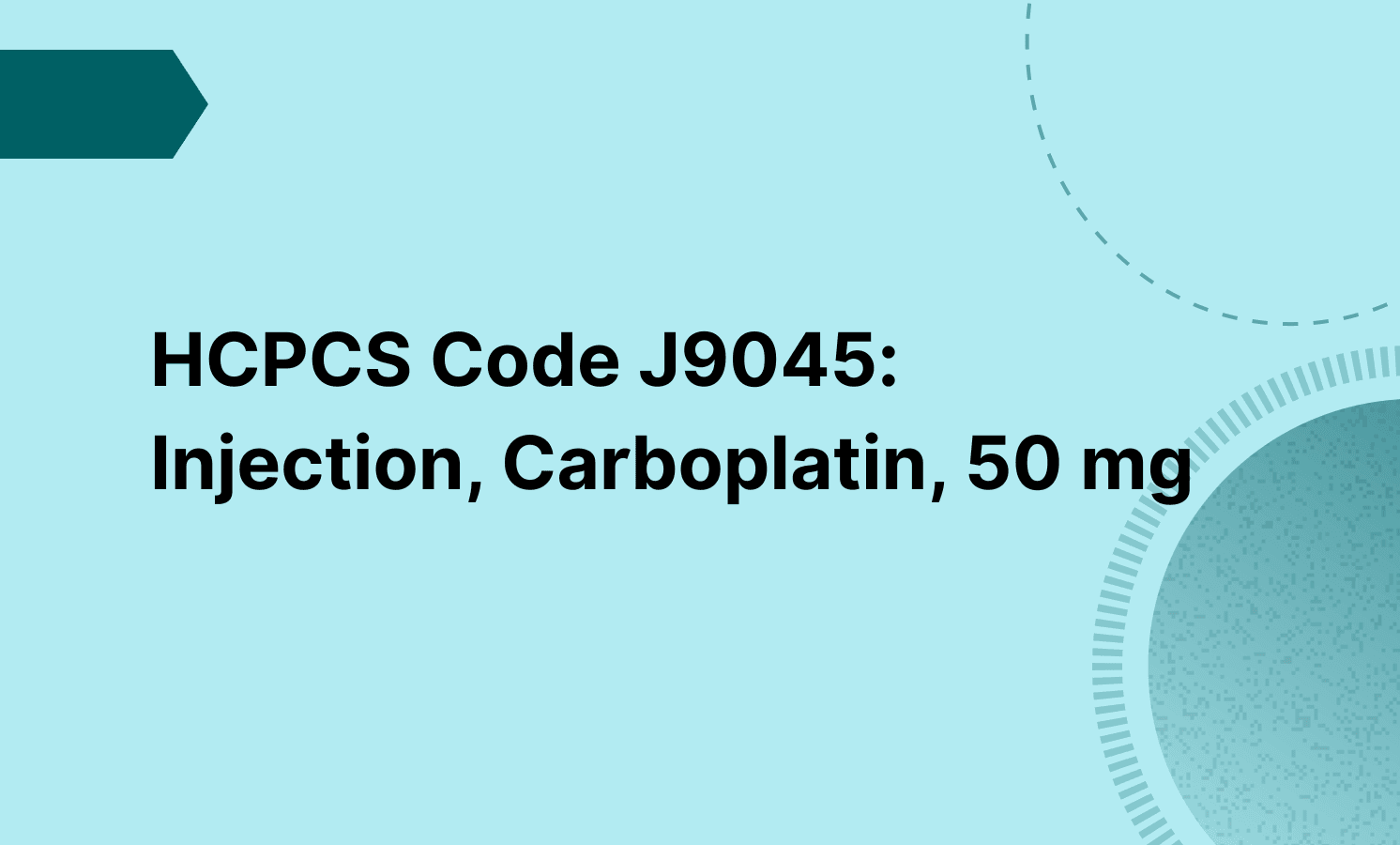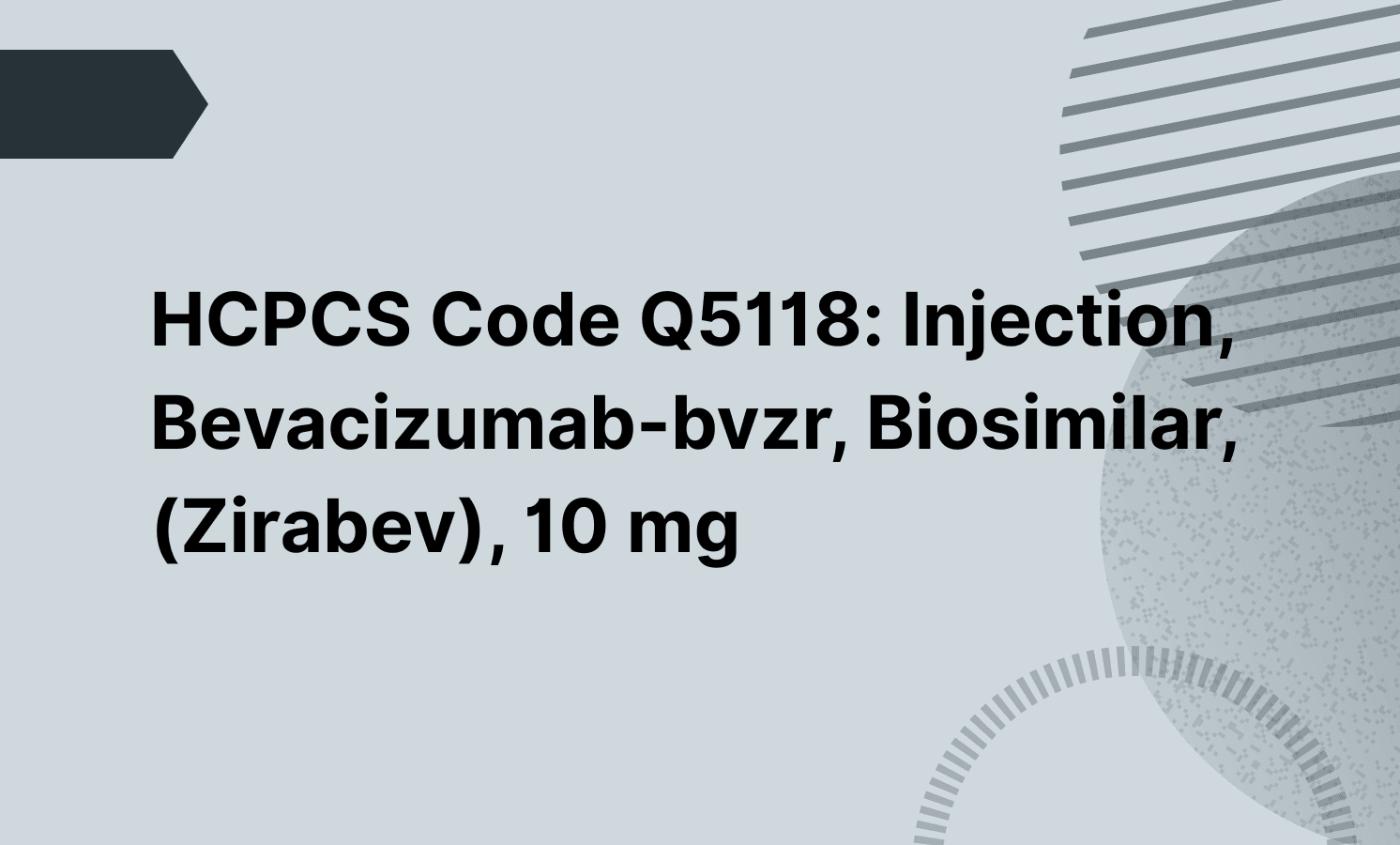CPT code 64483 is used with imaging guidance for single-level transforaminal epidural injections (lumbar/sacral). Billing requires documentation of medical necessity, imaging use (fluoroscopy/CT), and adherence to utilization limits (e.g., ≤4 sessions per spinal region in 12 months). Modifiers may apply for bilateral procedures or additional levels, and payers may require justification for repeated injections.
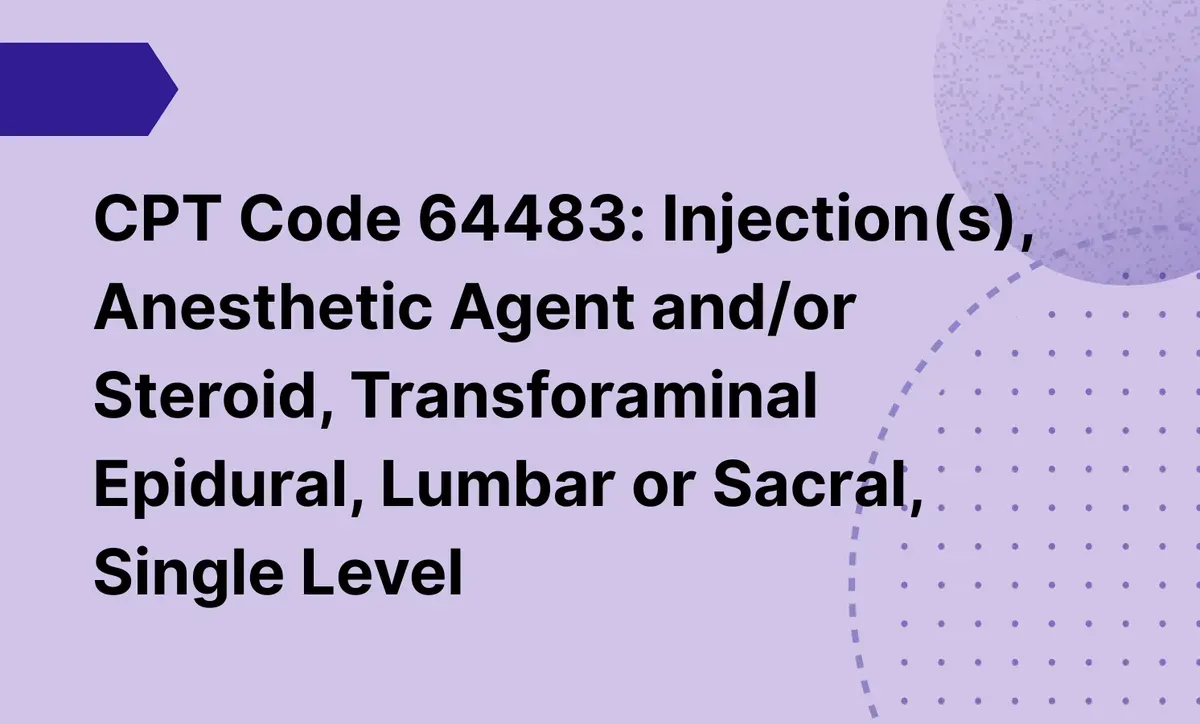
CPT Code 64483: Injection(s), Anesthetic Agent and/or Steroid, Transforaminal Epidural, Lumbar or Sacral, Single Level
Learn more about the 64483 CPT code's role in pain management, its applications, and use in this billing and coding article.
Frequently asked questions
CPT code 64483 is a procedural code, not a diagnostic code. It describes a single-level lumbar/sacral transforaminal epidural steroid injection performed with imaging guidance. Diagnostic codes (ICD-10-CM) must accompany it to justify medical necessity, such as lumbar radiculopathy (e.g., M54.16) or spinal stenosis.
CPT 64483 is for single-level transforaminal epidural injections (lumbar/sacral), while 64484 is used for each additional level treated during the same session. Both require imaging guidance and apply to the same spinal region.
EHR and practice management software
Get started for free
*No credit card required
Free
$0/usd
Unlimited clients
Telehealth
1GB of storage
Client portal text
Automated billing and online payments

